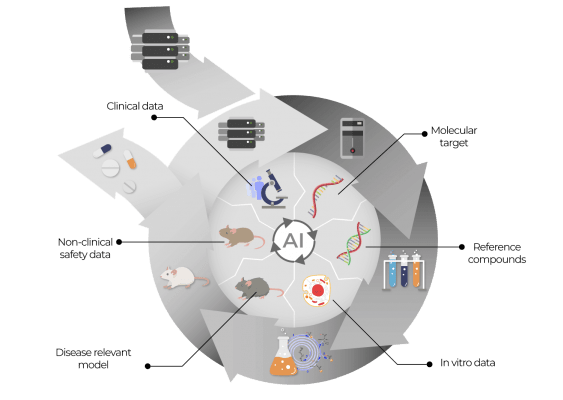Leber’s congenital amaurosis (LCA) is an eye disease that primarily affects the retina, the inner eye tissue on which images are projected and where light signals are converted into electrical impulses reaching the brain and generating vision.
It is described as the sudden loss of vision in one of the two eyes due to the absence of blood circulation in the retina. Patients with amaurosis report that a gray or black spot appears in the visual field and moves down the eye until all vision is compromised for a few seconds or minutes.
Its prevalence is estimated at 1 to 9 cases per 100,000 population and accounts for 5% of all retinal dystrophies and 20% of pediatric blindness. It is, therefore, a rare but serious eye disease with a genetic basis that begins to show signs as early as the first year of life.
This disease causes severe visual impairment in children from the first months of life and can be recognised by the persistence of nystagmus (continuous pendular movements of both eyes) from the third month of life, intense photophobia and enophthalmos (sunken eyes). Vision loss in children with LCA occurs when the photoreceptor cells of the retina (rods and cones) stop functioning. Cones (allow daytime vision and colour vision) and rods (allow vision at night or in dimly lit places).

LCA is characterized by severely reduced visual acuity (≤ 20/400) or blindness during the first year of life. Depending on the genetic cause, slow pupillary response, wandering eye movements, photophobia, high hyperopia, nystagmus, convergent strabismus or keratoconus may be present.
RNA interference to fight this rare disease
Sylentis, coordinator of the OLIGOFASTX project, is a PharmaMar Group company and one of the pioneers in the development of drugs based on RNA interference (RNAi) technology.
A significant number of diseases and their symptoms are due to a malfunction or excessive production of certain proteins in the patients’ cells. Therefore, trying to reduce the production of these proteins may help to treat a disease.
Proteins are long chemical chains composed of a sequence of structural units called amino acids that serve many important functions in the body. They are vital for most of the work performed by cells and are necessary to maintain the structure, function and regulation of the body’s tissues and organs. Proteins have to be built in the right way for the whole gear of our body to work perfectly.
All the information needed to make any protein in the cell is inside the nucleus of the cell stored in the genes. These in turn are made up of segments of DNA that contain the specific code that carries the instructions that tell a cell how to produce a specific protein. Since DNA is a very large double-stranded molecule and contains a lot of information, it cannot leave the nucleus; for this, the cell uses an intermediate single-stranded molecule, messenger RNA, which is a partial copy of DNA and transports the information of interest out of the nucleus, enabling the synthesis of proteins thanks to ribosomes. While DNA contains the genetic information, it is RNA that allows this information to be understood by cells, serving as a guideline for protein synthesis. RNA is sized to pass through tiny pores in the nucleus into the cytoplasm, where ribosomes are located. Ribosomes are responsible for creating proteins. They must read the RNA, pick up amino acids and link them together to build a chain according to the previously indicated code of the RNA. As this chain grows, it bends and folds, sticks to itself, and gives rise to a protein that performs the actions inside the cell.

Sources:
https://oligofastx.com/es/amaurosis-congenita-de-leber/
https://oligofastx.com/es/sylentis/
Associations:
https://www.retinamurcia.org/asociacion/enfermedades/amaurosis-congenita-de-leber.html
https://retinacat.org/amaurosis-congenita-de-leber/

 Español
Español
